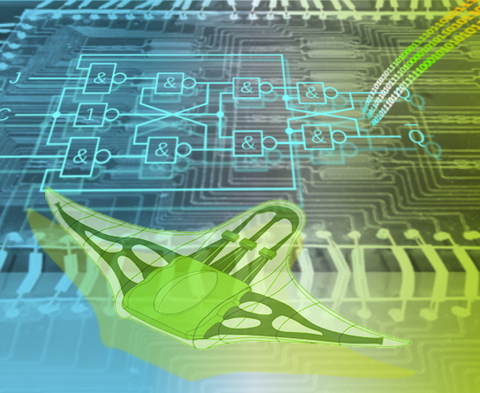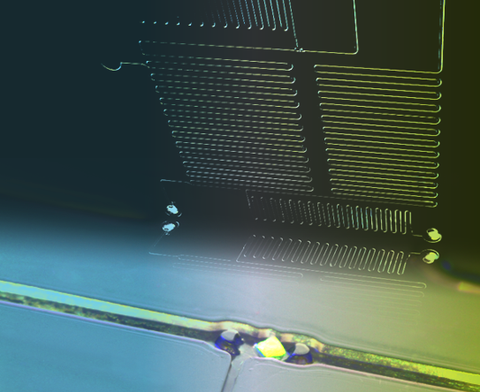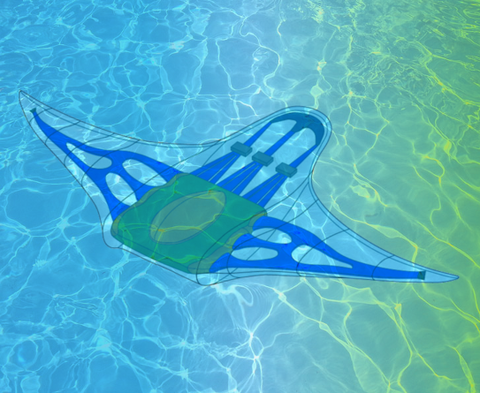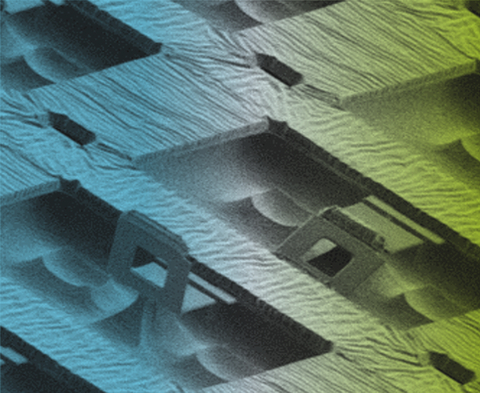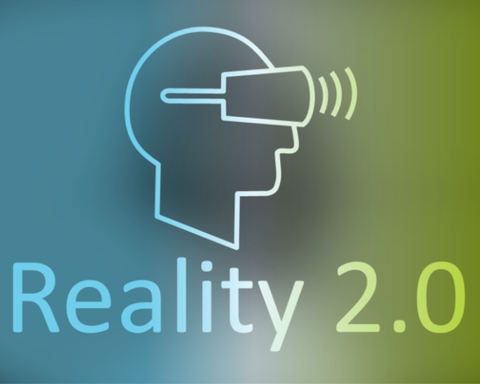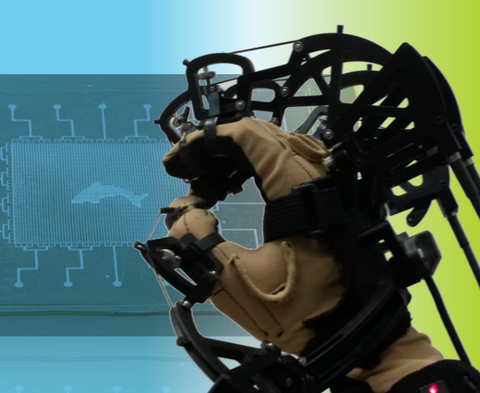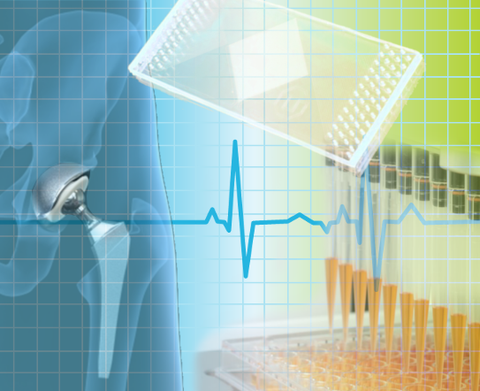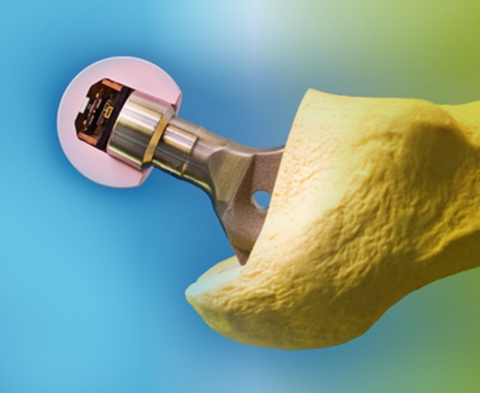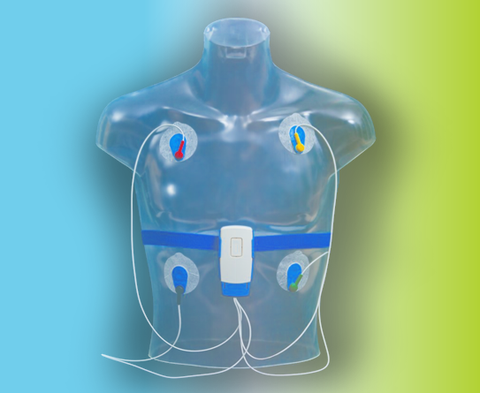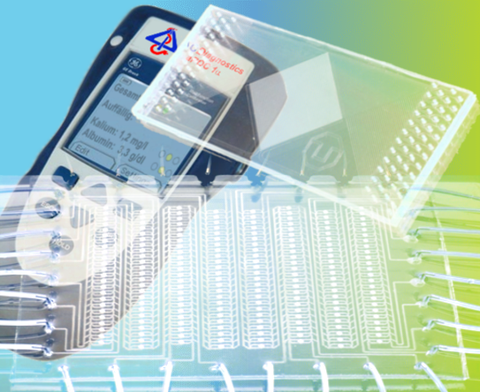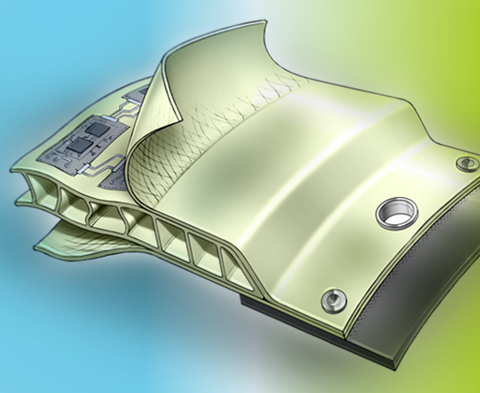Research areas of the chair of microsystems
Chemo-Physical Intelligence
Our lab aims to understand the fundamentals of intelligent, highly functional and autonomous systems based on smart and soft materials that are so small that their intelligence and functionality can no longer be based on semiconductor electronics. We investigate how such systems can still be highly functional, how they can process complex information and what options exist for energy supply. A special emphasis of our research is on basic concepts of of non-semiconductor-based information processing. We are investigating several types of such systems:
Logic microfluidics aims to establish in Lab-on-a-chip technology the same economy of scale as there is in microelectronics by utilization of transistor-like components. We invented the concept of chemofluidic logic microfluidics, the so-called chemofluidics. Based on chemofluidic transistors with decision-making functions towards chemicals, discrete chemofluidic ICs are not only intended to automate and parallelize complex (bio-)chemical protocols but to autonomously process real chemical information which is currently nearly exclusively carried out by the humans. Our research includes:
- Technology development
- Device concepts including modelling and simulation
- Circuit technology and design including modelling and simulation
- Applications
References
P. Frank, D. Gräfe, C. Probst, S. Häfner, M. Elstner, D. Appelhans, D. Kohlheyer, B. Voit, A. Richter (2017) Autonomous, self-sufficient circuits for microfluidic flow control on the chip-level utilizing a chemo-fluidic transistor, Adv. Funct. Mater., 1700430
G. Paschew, J. Schreiter, A. Voigt, C. Pini, J. P. Chávez, M. Allerdißen, U. Marschner, S. Siegmund, R. Schüffny, F. Jülicher, A. Richter (2016) Autonomous chemical oscillator circuit based on bidirectional chemical-microfluidic coupling, Adv. Mater. Technol., 1 (1), 1600005.
P. Frank, J. Schreiter, G. Paschew, A. Voigt, A. Richter, (2016) Integrated Microfluidic Membrane Transistor Utilizing Chemical Information for On-Chip Flow Control, PLoS ONE, 11, e0161024.
R. Greiner, M. Allerdißen, A. Voigt, A. Richter (2012) Fluidic microchemomechanical integrated circuits processing chemical information, Lab Chip, 12 (23), 5034-5044.
This research field addresses tiny aerial, terrestrial and swimming robotic systems that can automatically sense, compute, act and communicate without electronics like a tiny organism. On the milli- to nano-scale, such systems could pave for ground-breaking and far-reaching novel concepts of observation, recognition, harvesting, structure assembly and manipulations as single units or by utilization the intelligence of swarms of tiny, active entities. We want to understand how such systems can e.g. percept their environment, process information, take energy, move and manipulate.
Future microsystems fabrication requires an expanding set of technologies to fabricate 3D-structures down to nanoscopic structure fidelity. While 3D fabrication is well established for home and consumer applications (3D printing), there is a huge demand for equivalent high-resolution and high-throughput techniques for integrated microsystems. The research lead by the Heisenberg Fellow R. Kirchner provides such solutions based
- on Origami MEMS technologies
- polymeric actuators for self-folding
- programmable polymer properties.
Topics for student support (SHK/WHK, project work, Studienarbeit, master and Diploma thesis) are listed here.
Reality 2.0
Reality 2.0 wants to replace your visual perception of the world with a fully virtual 3D environment. It makes the boundaries between physical and virtual world disappear. Such a physical-digital reality makes technology limitless. Reality 2.0 may seem like a distant future, but it is not. Together with scientists from other disciplines, including psychologists, we want to understand the specific requirements of such systems, possible system architectures, their basic parts and possible technical solutions. Our research includes:
Imagine that digital systems can materialize virtual objects so you can touch them with your bare hands. They would drastically change the teleoperation, the adventure and games area and much more. We are researching such a technology with an interdisciplinary team.
Reality 2.0 requires haptic and tactile displays with features that are not available today. Our research focuses on two approaches. We develop high-resolution tactile displays that can faithfully display a variety of surfaces and haptic displays that correspond to the natural interaction of humans with objects in their environment.
Topics for student support (SHK/WHK, project work, Studienarbeit, master and Diploma thesis) are listed here.
Life Science
Medical technology, bioanalytics and diagnostic system technology have a long and successful tradition at the Chair of Microsystems in both applied and basic research. Together with industry partners, we develop practical medical technology systems, but we also deal with fundamentally new approaches to solving major challenges in analysis, diagnostics and therapy. Our main research areas are:
We develop multifunctional implants with integrated intelligence. So-called theranostic implants combine diagnostic and therapeutic functions and make life much easier for patients and doctors. Joint prostheses, for example, automatically detect the risk of loosening by self-adjustment and prevent pain and surgery. These implants are highly sophisticated microsystems that combine actuators, sensors, communication, a minicomputer for signal processing and power supply. Our expertise lies in the design of these systems as well as in signal evaluation.
Wearable multifunctional and intelligent medical devices can dramatically improve health and well-being of patients in everyday life and provide physicians with new, more efficient and faster diagnostic options. Mostly together with partners, we develop novel, innovative systems and leverage our expertise in the areas of actuator and sensor microsystems, wired and wireless communications, signal processing, and heterogeneous system design.
The Lab on a Chip concept aims to place and automate the processes of entire laboratories on a single microfluidic circuit. Central challenges of LoC technology so far are that their use requires specially trained personnel and that the functionality of the Labs on a Chip is too low. These are exactly the challenges that we address in our research in the areas of point-of-care, point-of-need, high-throughput analysis and cell platforms such as Organ on a chip. In addition to state-of-the-art manufacturing technology, we have several powerful conventional platforms including multi-channel micro-pneumatics, electrowetting, and electrokinetics, as well as unconcentional paper-based microfluidics, gel platforms, and, of course, logical microfluidics.
| BMBF |
INHUEPRO: Hüftprothese mit Sensorik zur Überwachung von Lockerungszuständen (Verbundprojekt) |
| BMWI | PROTEL: Hüftprothese mit telemetrischer Funktionsüberwachung (Verbundprojekt) |
| SAB | MUSE-TELEMED: Multisensorielles System zurDetektion komplexer biomedizinischer Daten und deren Telemedizinischer Übertragung (Verbundprojekt) |
| SMWK | DICS: Diagnostische Integrierte Schaltkreise (Forschergruppe) |
| BMBF | SmartSens: Passives drahtloses Sensornetzwerk für Anwendungen in der Medizintechnik (Verbundprojekt) |
| ESF | ChemIT: Chemische Informationstechnik für die Lebenswissenschaften (Forschergruppe) |
| SMWA | Intelligentes Ferndiagnosesystem (Verbundprojekt) |
| BMBF | SmartVital: Intelligentes EKG mit Auswertung und Bewegungsklassifikation (FhG IPMS) |
Die Auswahl der Forschungsprojekte beschränkt sich auf öffentlich geförderte Projekte.
Topics for student support (SHK/WHK, project work, Studienarbeit, master and Diploma thesis) are listed here.
Cyber-Physical Systems
Cyber-physical systems are the basis for the great trends of the Internet of Things, Smart Systems, Industry 4.0, etc. They are created through "things" embedded systems connected by wired or wireless communication networks to sometimes huge systems. In our research, we focus on small systems that are integrated in everyday objects, in production systems or even in aircraft or parts of building constructions. We have special expertise in:
in Bearbeitung
in Bearbeitung
in Bearbeitung
Topics for student support (SHK/WHK, project work, Studienarbeit, master and Diploma thesis) are listed here.

